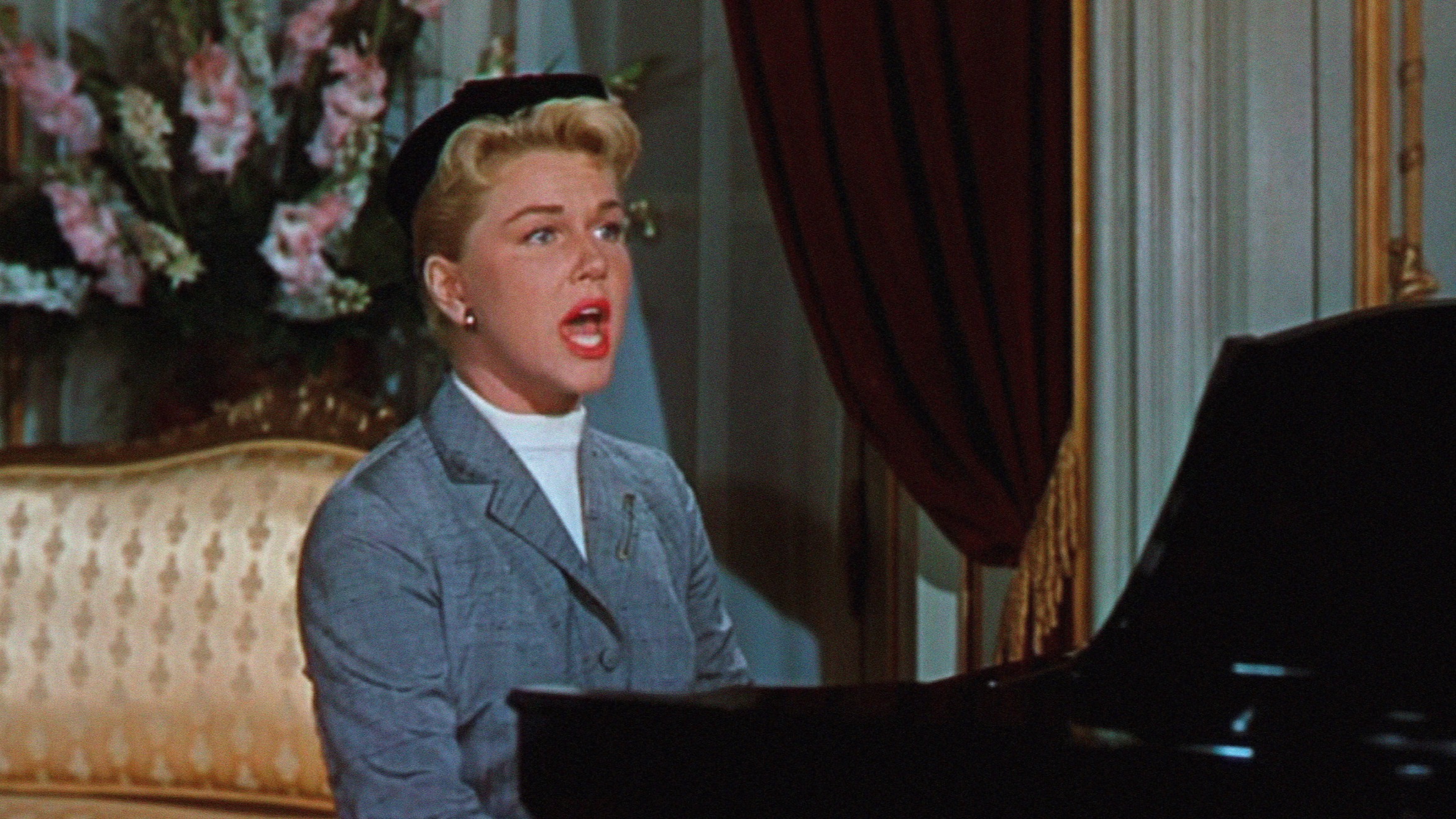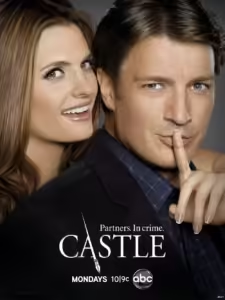
When Alfred Hitchcock remade the thriller The Man Who Knew Too Much (1956) for Paramount, the studio demanded that a song be included on the film’s soundtrack. Hitchcock had no clue what he wanted until songwriters Ray Evans and Jay Livingston gave him with “Que Sera, Sera (Whatever Will Be, Will Be)”, which he quickly fitted into the film’s plot. The song is a waltz with a catchy melody and lyrical lines that move through childhood, courtship, and parenting in three brief reported talks.
Music plays an important role in The Man Who Knew Too Much. In addition to an excellent score by Hitchcock staple Bernard Herrmann, there is a wordless action sequence that takes place at London’s Albert Hall while the London Symphony Orchestra performs Arthur Benjamin’s Storm Cloud Cantata under Herrmann’s direction. Doris Day sings “Que Sera, Sera” to Hank, her onscreen son, in two pivotal scenes: the first demonstrates her love for the youngster, while the second is a matter of life and death. The plot revolves around little Hank’s kidnapping while on a trip to North Africa with his parents, Ben McKenna (James Stewart) and Jo (a former singer played by Day).
Livingston and Evans won the 1957 Academy Award for Best Song, their third (after “Buttons and Bows” and “Mona Lisa”). Despite her initial dislike for the song, Day’s peppy studio recording, with Frank De Vol and his orchestra, became a worldwide smash success. She conveys the lyric’s fatalistic thoughts with impeccable charm.
The title’s scrambled Spanglish originated in the 1954 film The Barefoot Contessa, in which Ava Gardner’s titular character marries into an Italian family whose motto, engraved in stone, is “Che sarà, sarà”. When the songwriters saw the film, Livingston wrote the phrase down in the dark. While writing the song for Hitchcock, songwriter Evans modified the words to make it more appealing to foreign audiences—more people speak Spanish than Italian. However, it is closest to the Portuguese phrase “O que será, será”. The “what will be will be” sentiment dates back centuries, to Dickens’ Hard Times and Marlowe’s Dr Faustus.
In 1973, a fresh variation nearly surpassed Day’s: “Que Sera, Sera” was the lone cover track on Sly and the Family Stone’s somber funk classic Fresh. Sly Stone was shown the song by Terry Melcher, Day’s wayward son and a CBS record producer. The song has a gospel-infused beat in 6/8 time, with spine-chilling electric organ, exhilarating backing vocals, and Andy Newmark’s perfectly laid-back drumming. Sly’s sister Rose Stone handles the verses, while he extemporises on the chorus with near-religious zeal; Sly sings “the future’s not ours to see” as if speaking in tongues.
In 1973, Sly Stone sang ‘Que Sera, Sera’ on stage with Sly and the Family Stone. © ABC Photo Archives/Disney General Entertainment via Getty Images.
The meandering groove of Stone’s version influenced a slew of subsequent versions, including recordings by Holly Cole (1993), Marcus Miller with Selah Sue (2018), and Corinne Bailey Rae (2011), whose 13-minute live version is even more relaxed.
Laurence Hobgood, a jazz pianist, transforms the time signature from three to a sluggish four in his album When the Heart Dances (2008). Four-four variations constitute a full subset: Normie Rowe and the Playboys scored an Australian success in 1965, and Canadian trumpeter/vocalist Bria Skonberg gave it a supple bossa nova touch in 2016.
Paul McCartney’s 1969 production for Mary Hopkin has Ringo Starr on drums and includes a bridge evocative of “A World Without Love” (written by McCartney for Peter and Gordon). The song is not available on streaming or CD because Hopkin disliked it, however it may be found on YouTube. There are also beery singalong “Schlager” versions (on albums like 20 Oktoberfest-Hits), as well as a disheveled 1980s rendition by Johnny Thunders.
With an exotic title and a style based in 20th-century music theater, “Que Sera, Sera” is frequently chosen for film soundtracks that require rapid emotion, irony, or memorability. Versions by Syd Straw and Sly Stone bookended the black comedy Heathers (1989), while Pink Martini recorded a Nino Rota-influenced version for Nurse Betty (2000), a violent comedic thriller starring Renée Zellweger as a Doris Day-like heroine. The opening titles for the TV series From (2022-) are dismal, and they are backed by a Pixies rendition that tears up the music and leaves off the middle verse. The rewriting echoes late-period Leonard Cohen, with the lead voice half-spoken over an angelic chorus.
In the real world, “Que Sera, Sera” has become a football chant, with fans singing “We’re going to Wem-ber-ley”. (Alternative destinations may be substituted). However, while other interpretations — operatic, cheeky acoustic, frightening electro — continue to emerge, the song remains Doris Day’s.
Share your memories of ‘Que Sera, Sera’ in the comments area below.
Chambers publishes the paperback edition of ‘The Life of a Song: The story behind 100 of the world’s best-loved songs’, compiled by David Cheal and Jan Dalley.
Acrobat, Sony, Capitol, Hannibal/Decca, Virgin, Naim, Warner, Bria Skonberg/Sony, Blue Door, Jungle, Universal/Varese Sarabande, and the Pixies/BMG.







